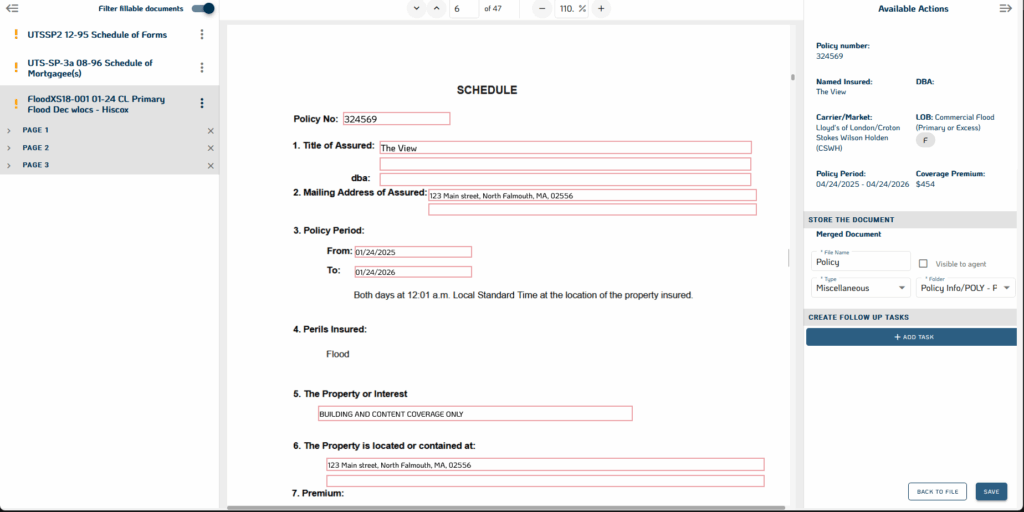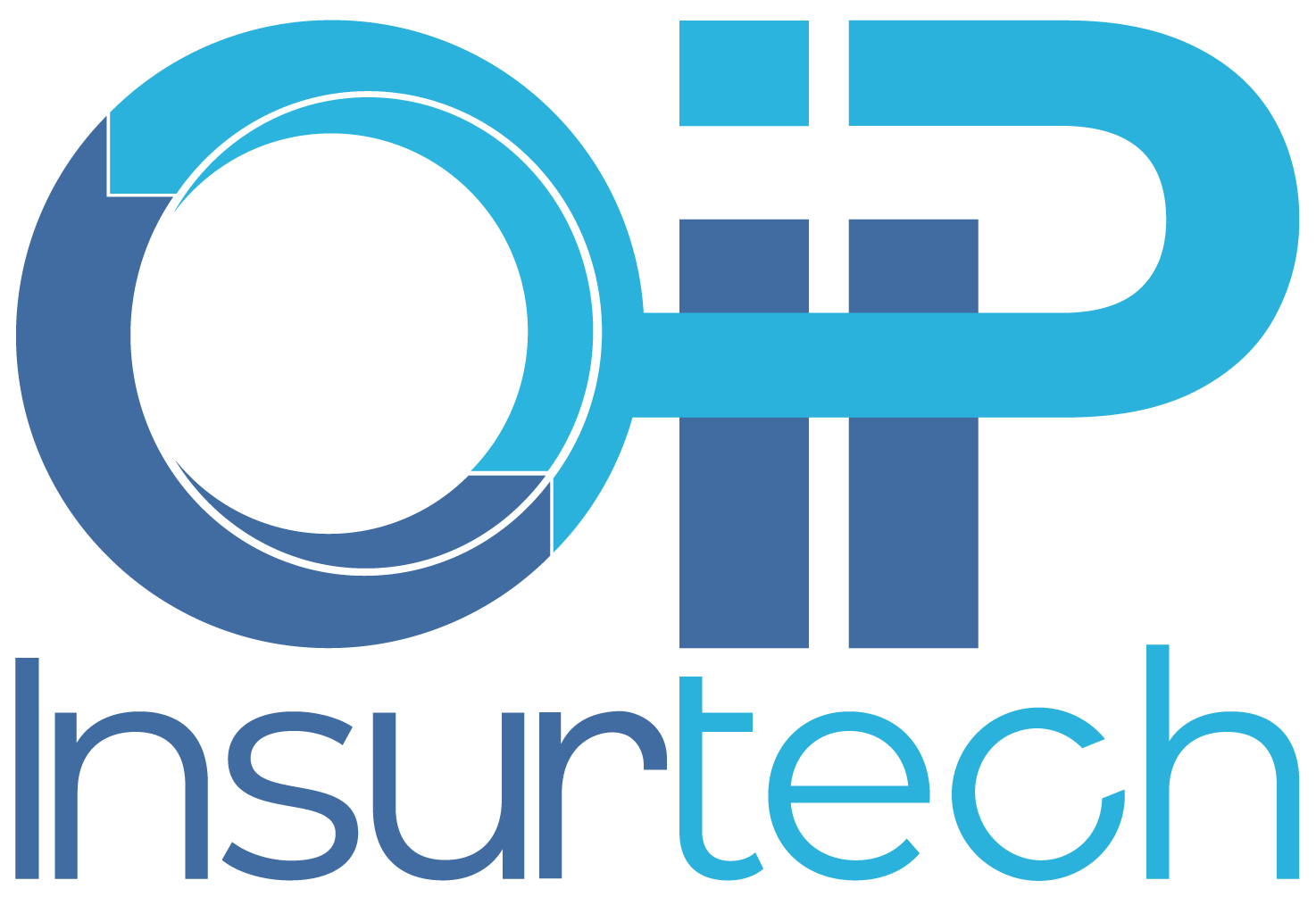Process or People? Why Insurance Teams Struggle to Scale (and What to Fix First)
Insurance teams and operations don’t break overnight. They break slowly, invisibly, and then all at once.
At first, it’s just one or two underwriters handling things their way. Then it’s twenty. Before long, you’ve got dozens of people running the same process differently, across multiple legacy systems, with no documentation and no standard of truth. Add in some outdated tools and the occasional Excel catastrophe, and scaling becomes nearly impossible.
So when growth stalls or performance drops, the question always comes up:
Is it the team or the process?
The answer? It’s almost always the process.
We’ll explore why insurance teams hit a wall, why the instinct to “hire more” often makes things worse, and how standardizing your processes first unlocks the kind of scale your people were always capable of, if only they had the right foundation.
TL;DR
Hiring without a process is like driving without a map. a This article breaks down:
- Why most insurance ops lack proper SOPs
- The hidden costs of process fragmentation and tribal knowledge
- How OIP Insurtech helps teams create and scale documented workflows
- What happens when you hire before standardizing
- Why SOPs are the key to unlocking Bound AI’s automation benefits
Want to scale insurance operations? Fix the process first.
The Hidden Cost of Process Fragmentation
Most insurance teams lack standardized SOPs. Each underwriter, CSR, or back-office processor tends to follow their own playbook, often undocumented, rarely optimized. What starts as “this is how I’ve always done it” slowly snowballs into organizational inefficiency.
Legacy systems only add fuel to the fire. When core platforms can’t talk to each other or support modern workflows, employees are forced to patch gaps with workarounds: local spreadsheets, hand-written notes, copied email threads, and tribal knowledge.
The result?
- Duplication of work across teams
- Onboarding that takes weeks, not days
- QA that chases symptoms, not root causes
- Reports and metrics that mean little because the inputs are inconsistent
Without consistent SOPs, insurers can’t scale. They simply replicate inefficiency. Every new hire inherits the mess, and leadership lacks visibility into what’s really happening on the ground. You can’t optimize what you can’t see, and in many cases, teams don’t even know what the standard process is supposed to be.

Why SOPs Get Ignored (and Why They Matter Now More Than Ever)
In many insurance operations, SOPs are treated like optional reading, if they exist at all. Long-time employees often rely on memory or habit rather than documentation. They’ve built their own processes over the years, often patched together with manual workarounds to fill the gaps left by outdated systems. For them, writing down what they do feels redundant, or even like a threat to their autonomy.
From a leadership perspective, enforcing SOPs can feel like a losing battle. Many have tried before and failed. The documentation is either too generic to be useful or becomes outdated the moment it’s published. It’s easy to see why some execs view SOPs as rigid, slow, or a distraction from “real” work.
But here’s the catch: in today’s environment, not having standardized processes is a massive liability. High turnover, remote teams, hybrid schedules, and rising workload pressures have made tribal knowledge a risk insurance teams can no longer afford.
SOPs, when done right, don’t slow you down. They scale you up.
They’re the foundation for faster onboarding, cleaner QA, clearer delegation, and yes, automation. You can’t hand off processes to a digital worker like Bound AI unless the process is actually defined. You can’t train a new team of underwriters from OIP Insurtech if there’s no baseline process to follow.
And even if your best people stay, standardized SOPs don’t replace but elevate them. With the low-value decisions out of the way, they can focus on what moves the needle.
From Guesswork to Repeatability: How OIP Helps Build What’s Missing
For many insurance organizations, process gaps are the norm, not the exception. Teams often operate with tribal knowledge passed down from one employee to the next, relying on memory, personal email folders, and spreadsheets instead of a shared, standardized system.
That’s where OIP Insurtech steps in. We help carriers, MGAs, and brokers transition from scattered, undocumented workflows to well-defined, repeatable operating models. Even when no formal process exists, our team steps in to build it from the ground up.
We don’t guess. We’ve helped over 50 insurance organizations optimize roles like policy issuance, renewal prep, FNOL intake, bordereaux management, submission triage, and more. Across these clients, we’ve documented what works and we use those learnings to shape SOPs tailored to each team’s needs.
Once the SOP is built, it doesn’t sit in a folder. It becomes the foundation for execution. Whether it’s handled by OIP Insurtech’s team-as-a-service or automated through Bound AI, the process is followed precisely. That means fewer handoffs, less variation, and a clear path to scale.
No more relying on one team member’s memory. No more duplicated work or training delays. Just consistent, measurable execution, powered by SOPs that are built to last.
What Happens When You Skip Process and Hire Anyway
When insurers skip process design and go straight to headcount, it almost always backfires.
Instead of fixing the root problem, the lack of structure, they try to solve it with people. New hires are brought in without clear guidelines, training materials, or expectations. Everyone ends up doing things their own way. Productivity suffers, not because of the people, but because there’s no shared playbook.
The result? Errors increase. Turnaround times stretch. Leaders grow frustrated and assume performance issues. But the truth is: those employees were never set up for success.
At scale, the consequences compound. One missed field in a binder becomes a compliance risk. One inconsistent SOV process becomes a pricing problem. Teams burn time fixing avoidable issues, all because the foundation wasn’t solid to begin with.
Hiring without process doesn’t solve problems. It magnifies them.
Why SOP-Driven Teams Scale Faster with Bound AI
Standard operating procedures aren’t just documentation – they’re infrastructure. Once a consistent process exists, you can finally scale it without adding friction.
That’s where our flagship tool, Bound AI, comes in. Our automation tools follow SOPs to the letter, every time. They don’t improvise and don’t skip steps. They do exactly what’s defined, no more, no less. This precision is what makes automation safe and scalable in an environment like insurance, where compliance and accuracy aren’t optional.

When paired with OIP Insurtech’s human oversight, Bound AI becomes even more powerful. Our teams monitor workflows, handle edge cases, and improve processes over time. The result is a highly reliable operational engine: automation where it fits, people where it counts, and measurable gains across the board.
Companies using Bound AI in SOP-defined environments are already seeing faster document processing, fewer QA escalations, and more predictable output across distributed teams. It’s the kind of consistency you need to scale without compromise.
The Bottom Line
Don’t start by asking “who do we need to hire?”
Start by asking “what’s the repeatable process our team should follow?”
Process-first thinking unlocks scale. It cuts onboarding time, reduces errors, enables automation, and gives every team member the clarity they need to succeed. If you don’t have that foundation yet, OIP Insurtech and Bound AI are built to help you create it.
Talk to our experts to learn more about how we can help your insurance teams.
